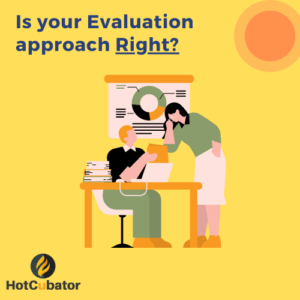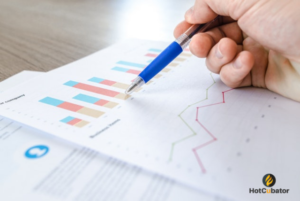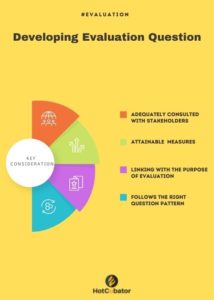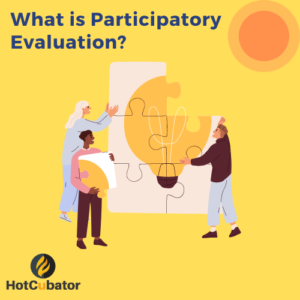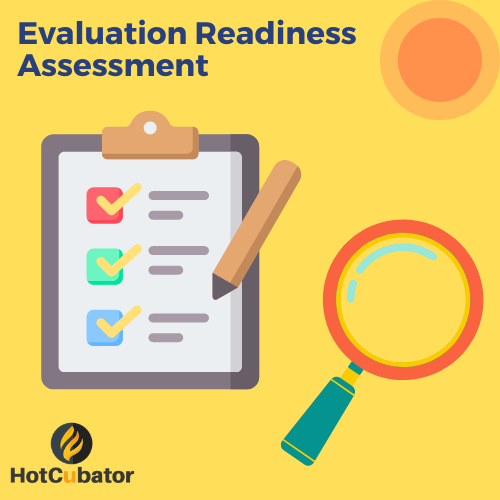
Most evaluations start with a broad brush-stroke at the beginning. To ensure that the evaluation has clear direction and the focus is aligned with the intended benefits of a program, it is important to assess the readiness of the evaluation. Often, organisations jump to conclusions and think that an evaluation will solve all the problems of a project. But there are various aspects which need careful analysis before commencing any evaluation project. This exercise of assessing the feasibility of an evaluation project is called – Evaluation Readiness Assessment. Through this exercise, the program owner is expected to envision a clear, concise evaluation outcome without being influenced by any preconceived bias. The Evaluation Readiness Assessment is more like an assessment exercise that helps to tick all of the boxes that are essential in order to commence an evaluation project.
Clear purpose and objective of the evaluation project
Needless to mention that clearly defined objectives are essential for any evaluation project. An evaluation project should commence with clear purpose and specific objective which should set the direction for the evaluation project. Lack of clear objectivity tends to be the biggest reason for which most evaluation projects fail. If the objectives are clear from the beginning, they all could be broken down into key tasks and initiatives which will make evaluation project easier.
A program logic
Even before jumping into the evaluation project, developing a clearly articulated program logic is essential. The program logic links the activities and inputs with the outputs by showing the mid, short and long-term impact. Without a complete program logic, it will be difficult for the evaluator and other stakeholders to understand the project’s possible outcome.
Clearly defined outcomes
The outcome of the evaluation although is not clear at the beginning, but the evaluator should The desired outcome of the evaluation project should be projected from the beginning. Yes, it will be tentative but still important that the outcome is portrayed clearly so that the stakeholders know what to expect.
Available data to measure
Data is the key to any evaluation project. Without access to good data, undertaking an evaluation project will be nearly impossible. But the question is – what is good data? Good data is – data that can be collected quickly and unbiasedly and provides adequate information about the particular project/program for which the data is collected.
Comparison group
Evaluation which takes into account the counter-factuals, in that case, the availability of a comparison group is essential. So this needs to be discussed at the beginning of the evaluation project. Evaluation which are non-experimental in design and do not require measuring the performance of any control group, in that case, no comparison group is required. So this should be clearly laid out in the evaluation methodology section.
Ethics approvals
To ensure the integrity of the data, any ethical obligations should be declared well in advance. There is a country/state-specific ethical body that guide the process which needs to be adhered to for collecting data where humans are involved. An evaluator’s role is to check ethical obligations in advance to ensure that the confidentiality factors are all addressed.
Stakeholder buy-in
In every evaluation project, there are multiple stakeholders involved. To ensure that the evaluation can achieve its desired goal, it is essential from the beginning to bring all the stakeholders on the same page. The evaluation should also receive adequate support from the sponsor, who usually holds the pen to approve the evaluation. This will also helps to get the necessary funding support for the evaluation project.
Success measures
Although this not always possible to define success measures for every evaluation project, especially for the small one, but it is still a good practice to underpin the key success criteria for the evaluation project. The success criteria should be typically broken down into specific metrics and numbers where possible. For projects, where it is not possible to assign specific success measures, it will be useful to create a list of key expected outcomes from the evaluation project.
Further reading:

